A group of students from Suranari University of Technology have created gemstones from agricultural waste, which are worth 6,000 times more than the original material.
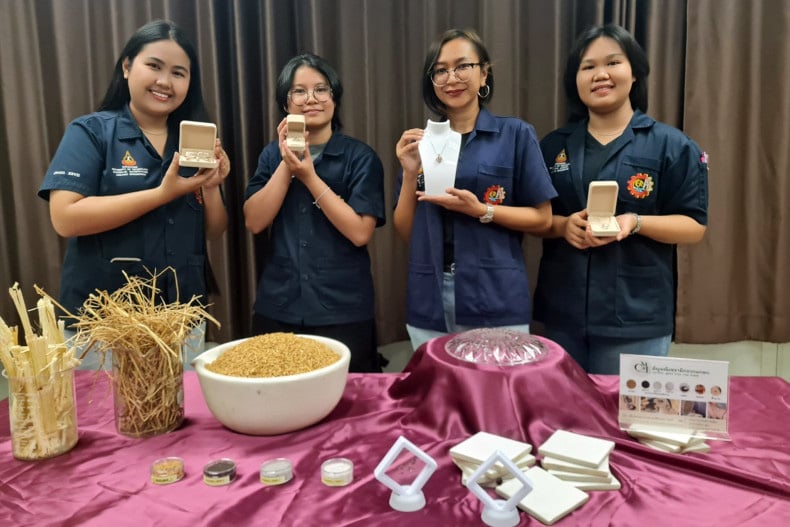
Thai student group and their research on turning rice husks into gemstones - Photo: BANGKOK POST
Sharing with Bangkok Post, the group of students including Parnpailin Jaichuei, Chatcha Chuma and Saowalak Boonpakdi, who are in their final year at the School of Ceramic Engineering, Suranari University of Technology (SUT), said their research stemmed from the fact that Thailand is an agricultural country with rice and sugarcane being the two main production industries.
Every year, large agricultural production generates large amounts of agricultural waste, such as straw, rice husks and bagasse. Most of this waste is not effectively reused, often plowed up to make fertilizer, or worse, burned, causing air pollution with PM2.5 fine dust, seriously affecting health and the environment.
From there, the group decided to study the characteristics of these types of waste, applying knowledge of ceramic techniques to turn them into valuable products.
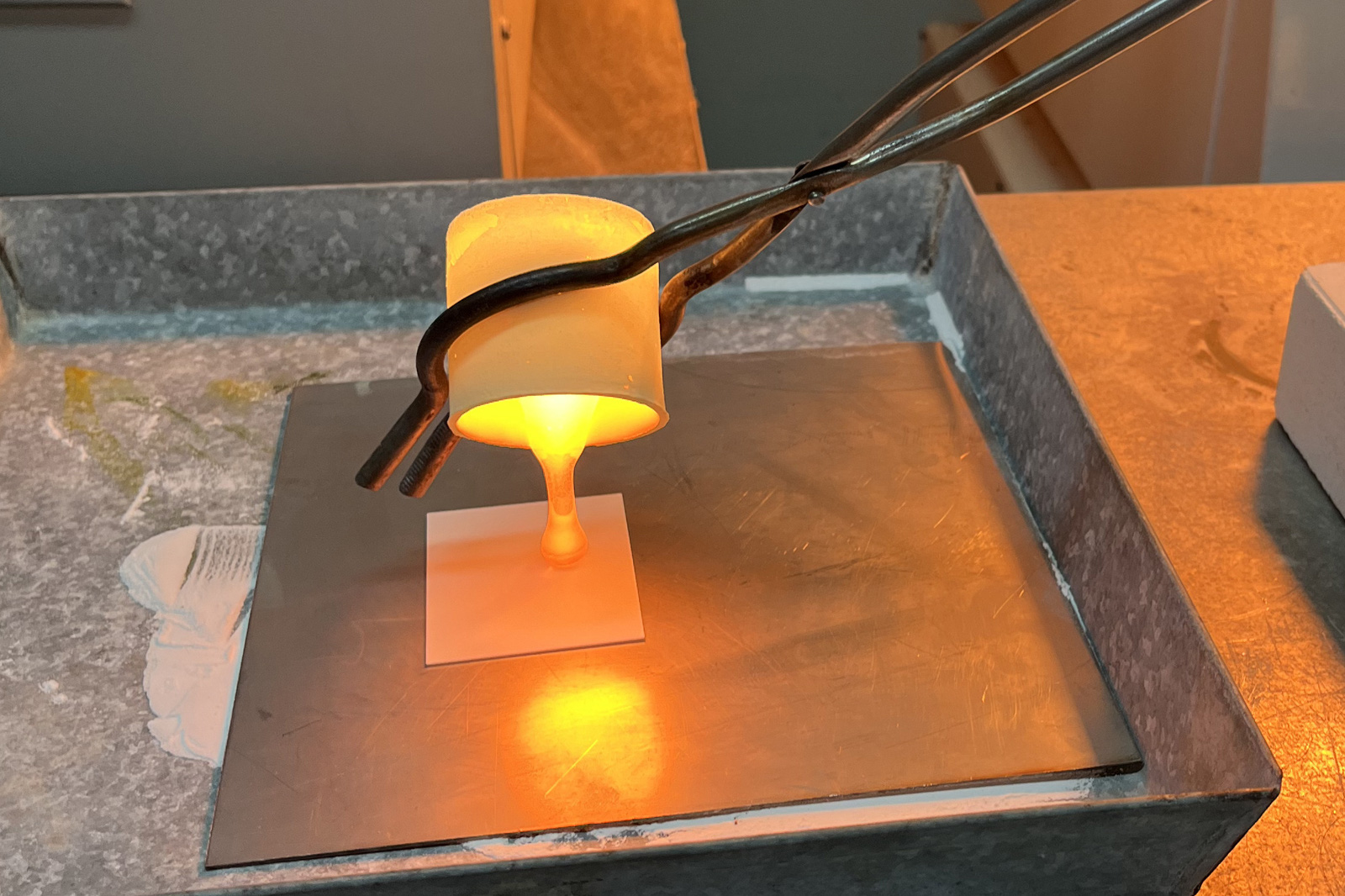
The group's processing process - Photo: BANGKOK POST
Initial analysis showed that waste such as rice husks contains a lot of silica, the main ingredient in natural gemstones. The group of students took advantage of this property to turn straw, rice husks and bagasse into ceramic gemstones.
The process begins with burning the waste at temperatures of 300, 500 and 700 degrees Celsius to produce high-quality ash. The ash is then mixed with chemical and ceramic engineering modifiers to form a mixture.
The mixture is melted at 1,300 degrees Celsius to form liquid glass, then cooled to solidify. The solid is then reheated at 550 degrees Celsius in a ceramic kiln to increase strength and cooled slowly to increase stability.
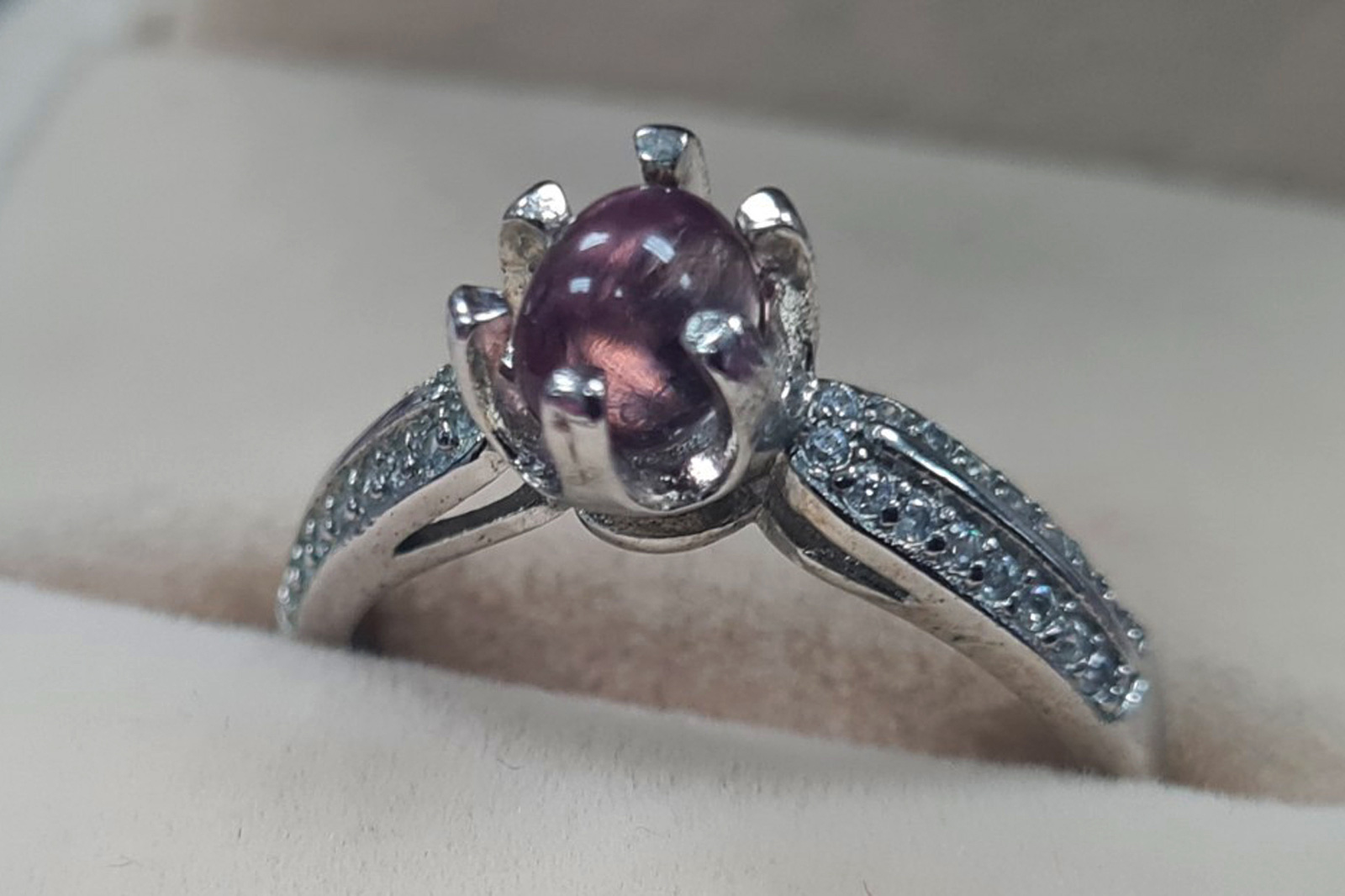
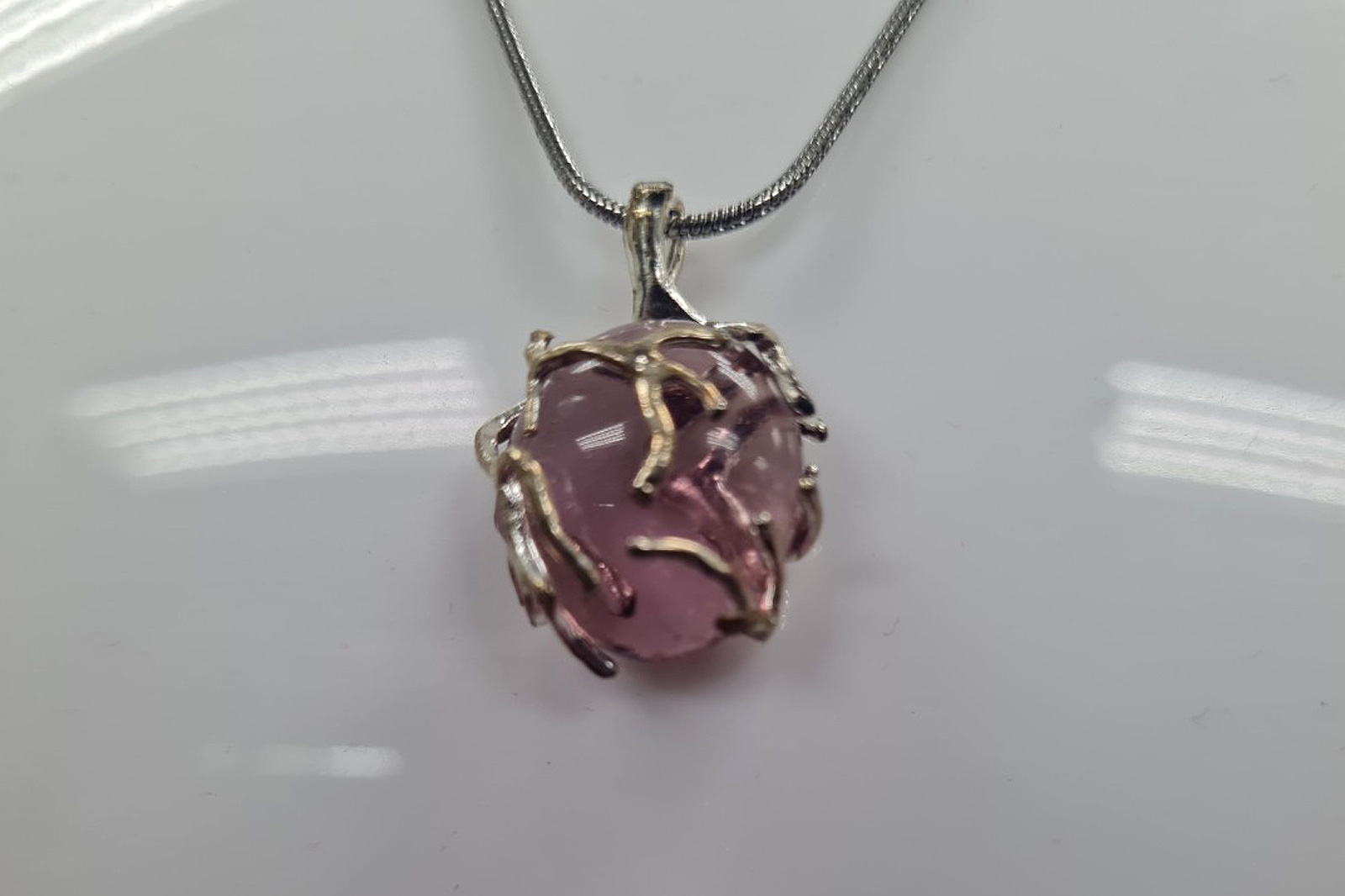
The finished product of the student group - Photo: BANGKOK POST
Saowalak said the color of the gemstone reflects the material it is made from. The size of the stone is similar to natural gemstones, durable and suitable for industrial applications.
More importantly, this research helps add value to agricultural waste. With just 1kg of waste worth about 4 baht, the team created 20 gemstones, with a total value of up to 24,000 baht.
The team's work not only opens up new potential in recycling agricultural waste but also contributes to reducing pollution, protecting the environment and promoting sustainable values.
Source: https://tuoitre.vn/nhom-sinh-vien-bien-vo-trau-thanh-da-quy-20250103160548321.htm



![[Photo] National Assembly Chairman Tran Thanh Man received a delegation of the Social Democratic Party of Germany](https://vphoto.vietnam.vn/thumb/1200x675/vietnam/resource/IMAGE/2025/10/28/1761652150406_ndo_br_cover-3345-jpg.webp)


![[Photo] Draft documents of the 14th Party Congress reach people at the Commune Cultural Post Offices](https://vphoto.vietnam.vn/thumb/1200x675/vietnam/resource/IMAGE/2025/10/28/1761642182616_du-thao-tai-tinh-hung-yen-4070-5235-jpg.webp)



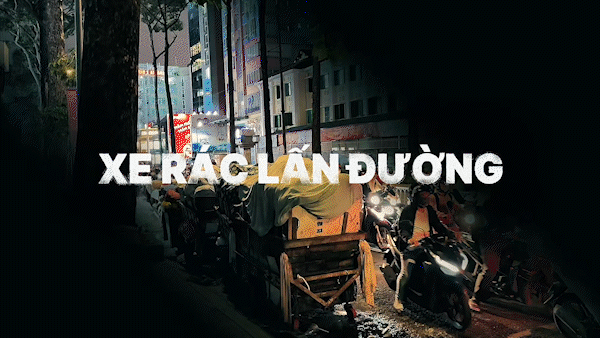



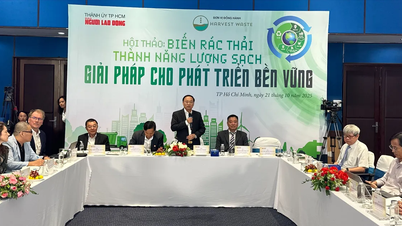
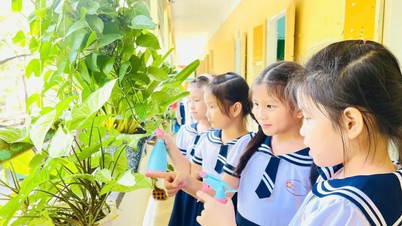
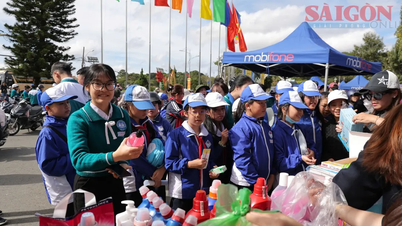


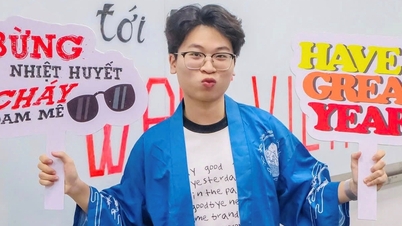

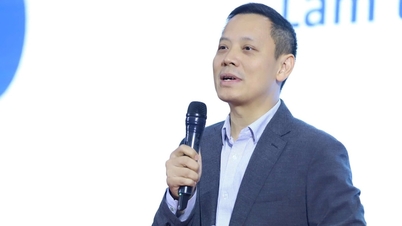
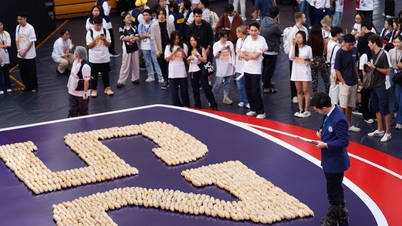


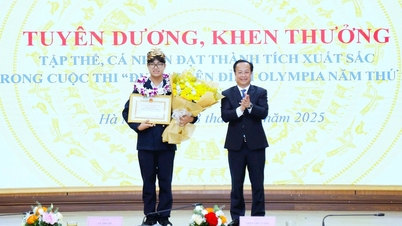




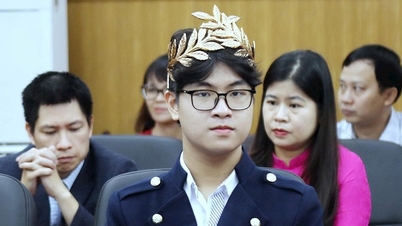

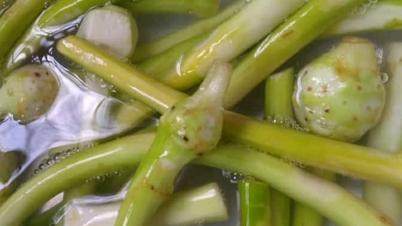
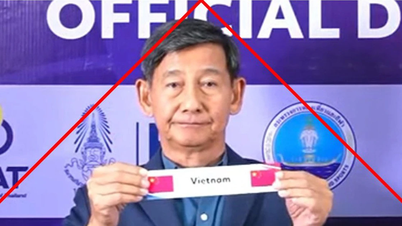
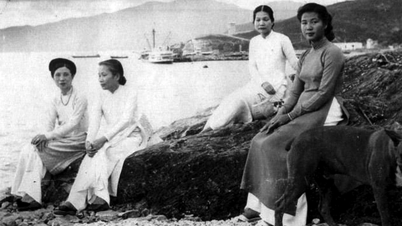
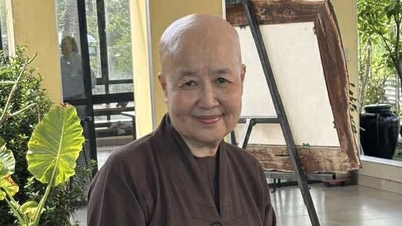


![[Photo] President Luong Cuong attends the 80th Anniversary of the Traditional Day of the Armed Forces of Military Region 3](https://vphoto.vietnam.vn/thumb/1200x675/vietnam/resource/IMAGE/2025/10/28/1761635584312_ndo_br_1-jpg.webp)
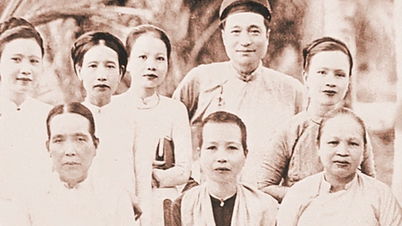
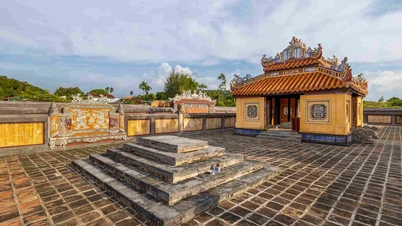


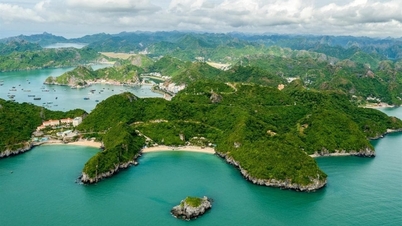

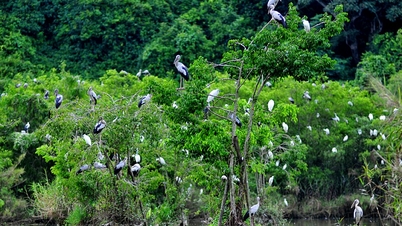

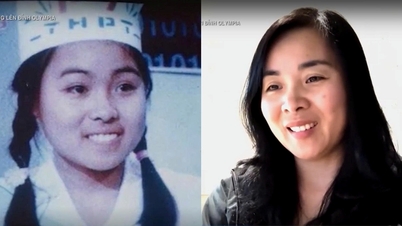
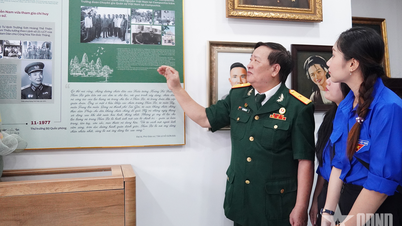







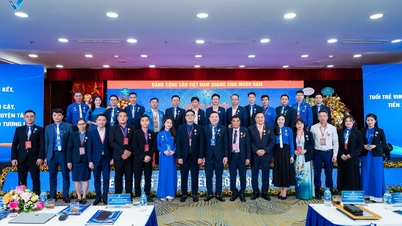

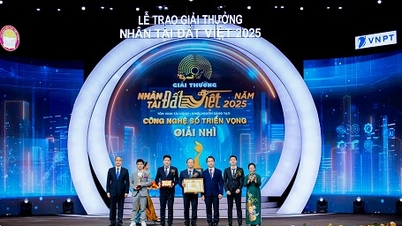
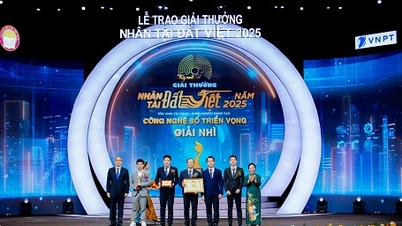
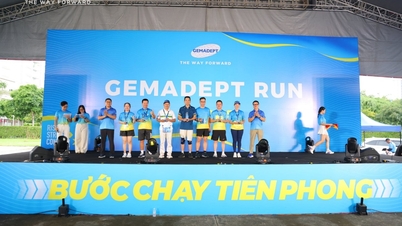
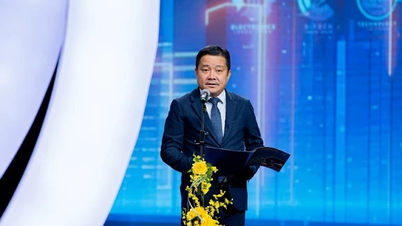
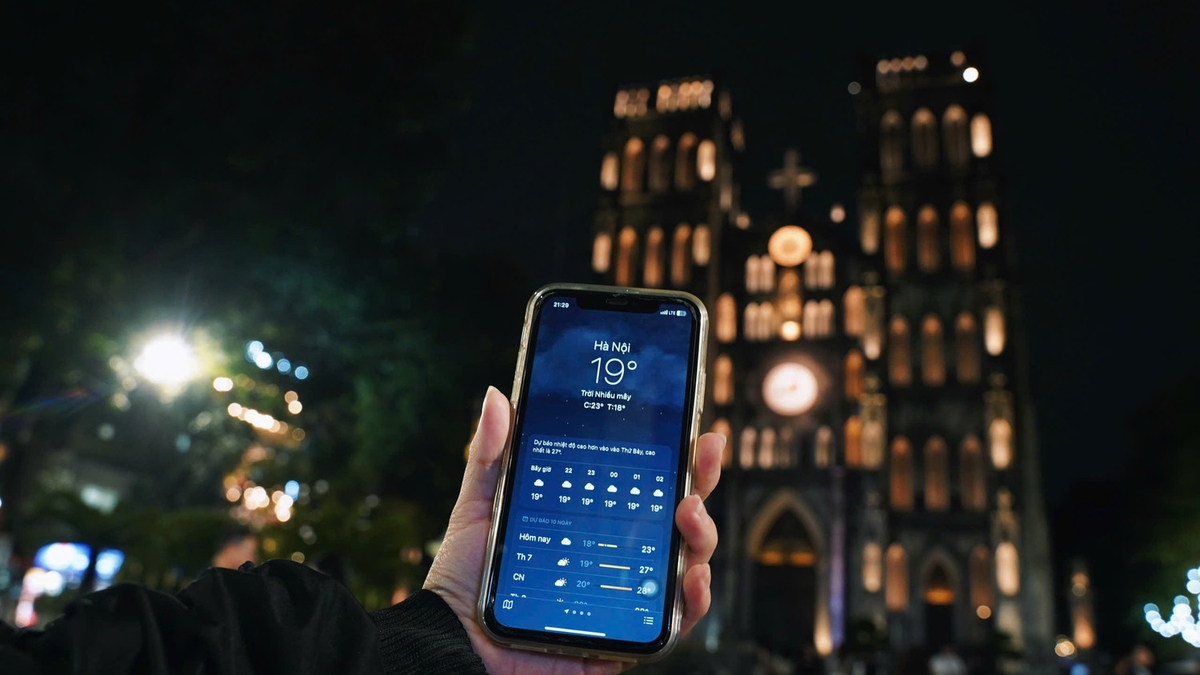


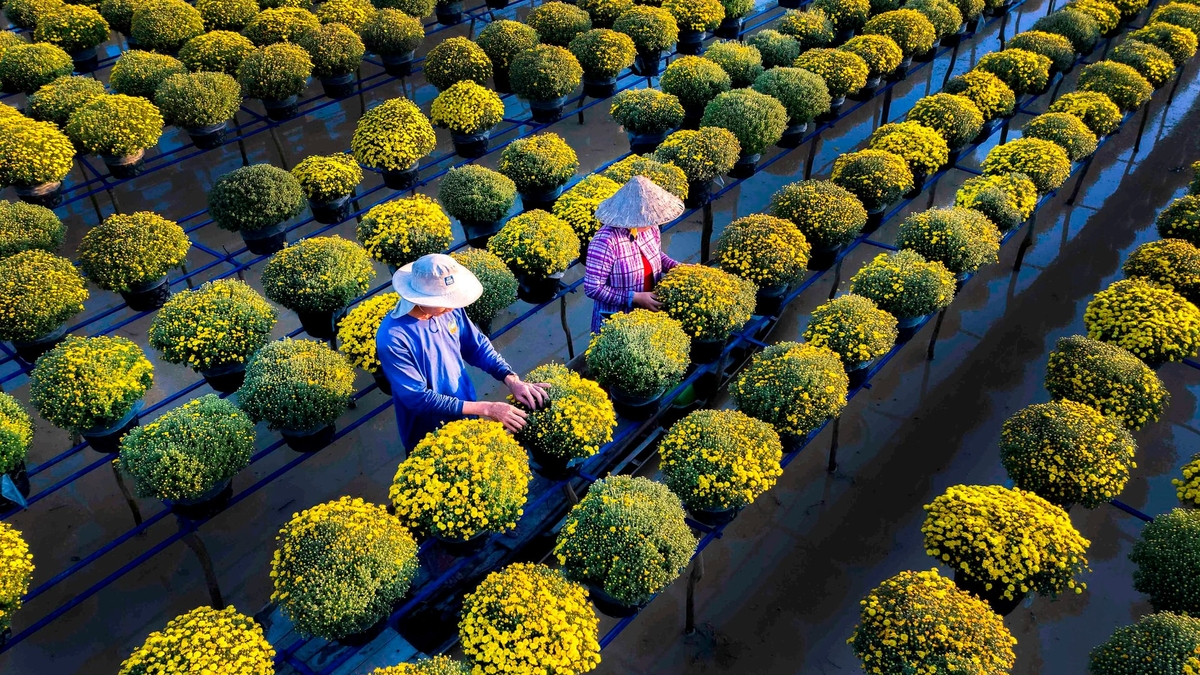
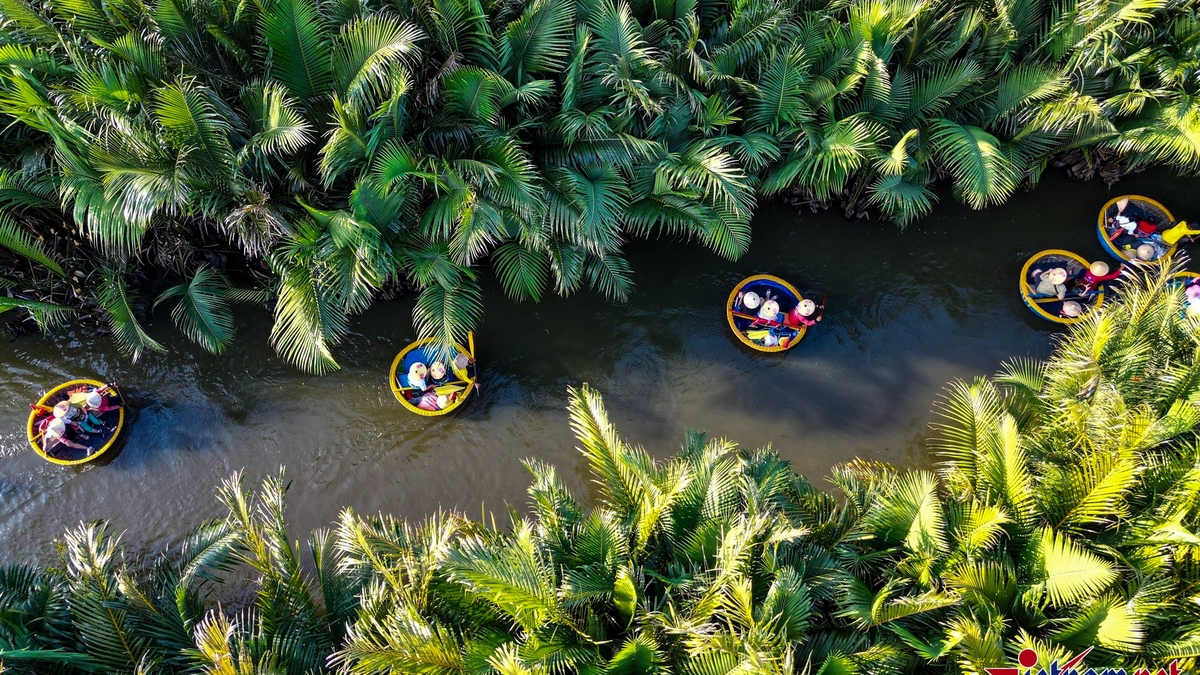
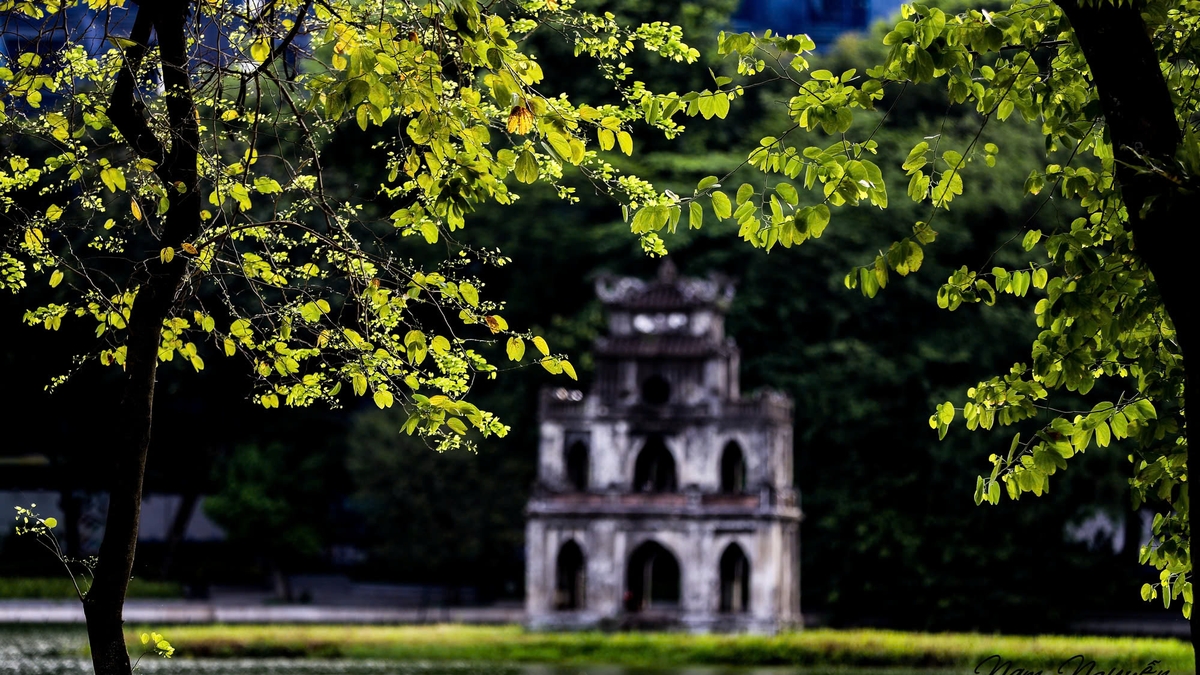











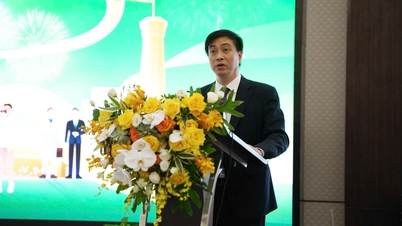


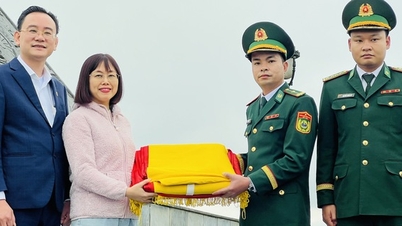

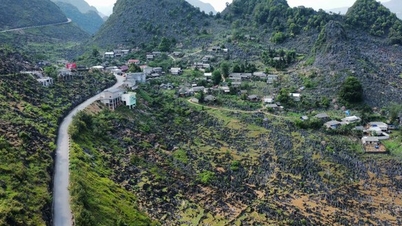

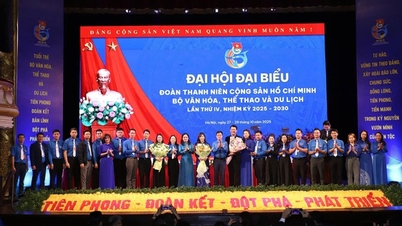
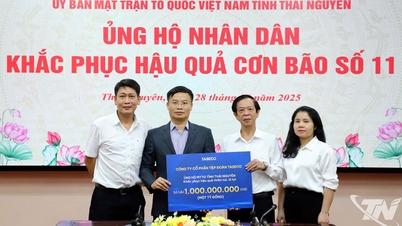

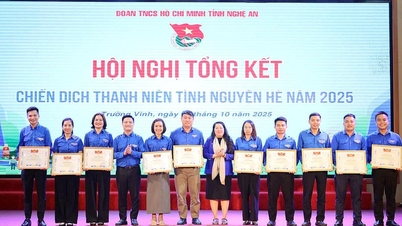

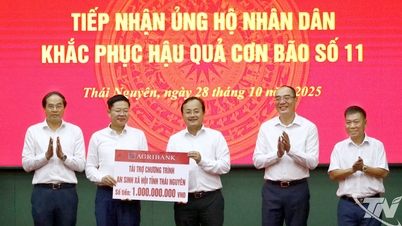
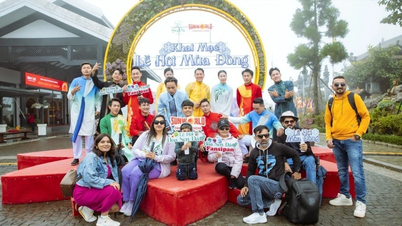

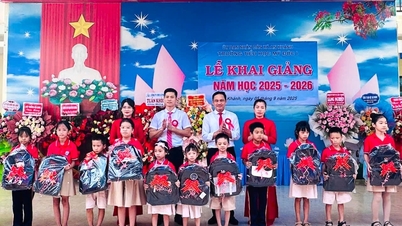

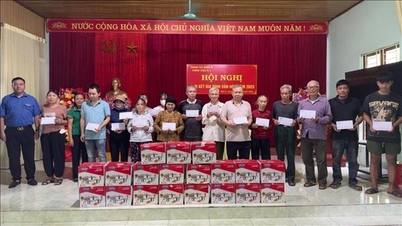












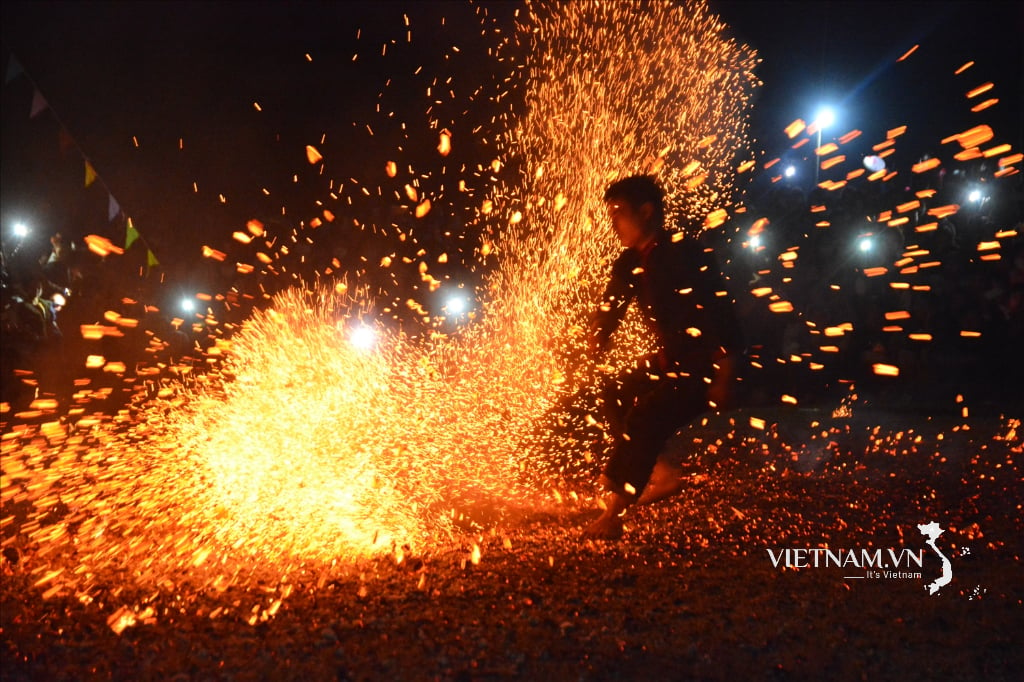

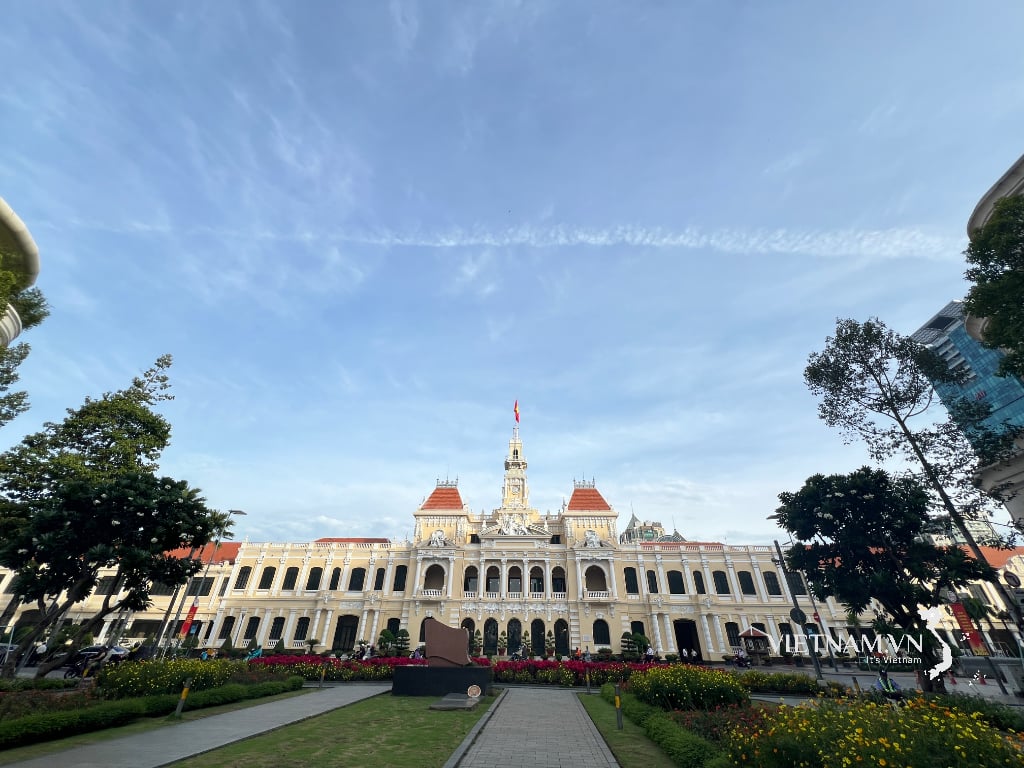

Comment (0)